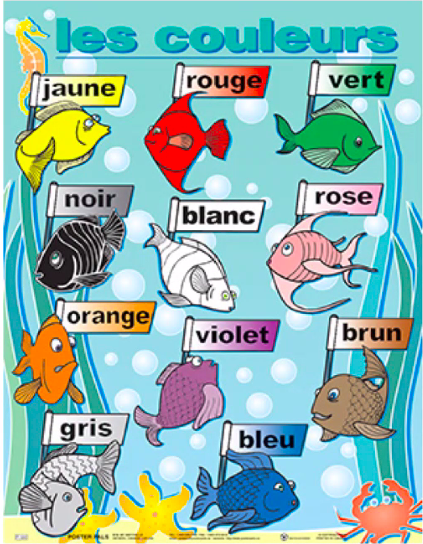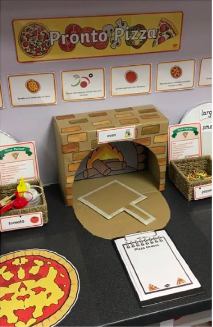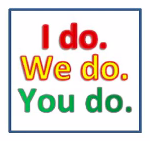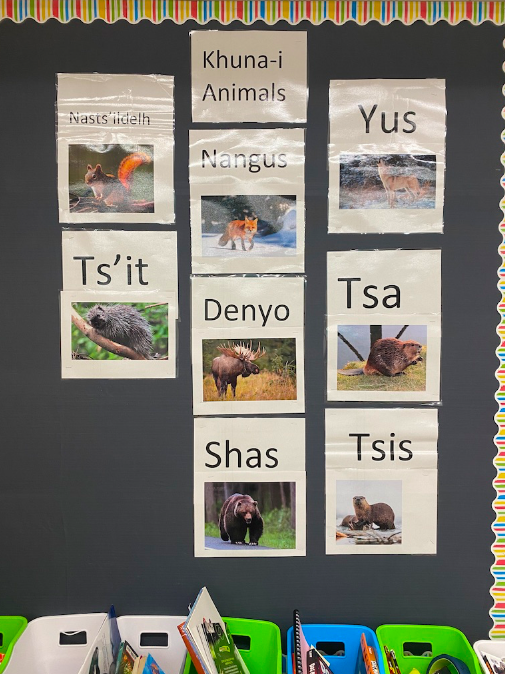Reflecting on My Progress with Second Language Learning and Teaching:
Over the past six weeks, I have been fully emersed in four summer courses that have been extremely eye-opening and beneficial for my continuous learning as a future educator. Before the start of these six weeks, teaching a second language such as French was something that was still very scary for me, even after being in this education program for almost a year. In my own personal experiences with learning French, I am sad to say that I did not have the best learning experiences. When I think of my French classes I think of isolated practice grammar sheets to learn to conjugate verbs, being interrupted by my teacher when my pronunciation was off and to this day, I don’t remember much of what I learned. To say the least, I was very apprehensive about this course on second language in light of my own experiences.
Throughout this course, we were expected to keep a journal where we could make connections to the course readings and even reflect on our learning throughout the course. In this blog post I would like to include and expand on some of the ‘ah ha’ moments that I had throughout these six weeks and how my mindset had changed since the day I started this summer block. I believe that I have really progressed in my opinions and confidence towards second language learning through this semester and this learning experience even has me excited for my future endeavours with this subject.

In total, we wrote three different journals for our course on second language learning. In my first journal I wrote about how useful I would find the Universal Language Actions (ULA) where lessons and activities are enhanced by the explicit use of facial expressions, gestures, images, visual aids and objects so that students can understand what is going on even if they don’t understand every word. In my first journal I stated that “lessons like these are so important to supporting the learners while also exposing them to more of the French vocabulary than they would by being taught the lesson with English instructions exclusively then asked to do activities in French”.

Additional to this first journal, in my next one I make the connection between how we are learning to teach second languages to my own experience and ponder on how vastly different my own outlook would have been if I had been taught using more hands on activities and learning language in purposeful and meaningful tasks. One resource that I specifically mention in this journal is the action-oriented approach. This teaching approach sees communication as a main learning objective and aims to provide real-life and everyday use to the language. In this mindset, students are active agents in their learning as creating real-life scenarios for the students to communicate and role-play helps make the learning relevant to them. As I state in my journal entries, if I had more of these learning opportunities, I might still be speaking the language today, whereas in reality I lost a lot of my second language knowledge and have never been fluent enough to communicate with others.

In my third journal I related my learning to how to best teach my students and helping them excel. One of the things that I say in this journal is that even if I never end of teaching a second language subject, the resources, activities and supports that I have been given in this class are all things that I can use every day in my future classroom to create an inclusive classroom with differentiated learning supports to reach all my learners. It is very possible that I will have a student in my future classroom that English isn’t their first language, or they struggle with reading and writing. All of these resources I have mentioned (and more I will list below) will be useful for these students. That’s the goal isn’t it? Always providing learning that is accessible and understandable for all the learners in the classroom.

This picture shows a Dakelh word wall that I created in the grade 4 class I taught for my last practicum. In our science adaptations unit, I included a lesson on animals in Dakelh where we learned the names of local animals and their names in the Dakelh language. The students loved it so much they wanted a template to take home and practice (you can find that template below). For this lesson I used the Lheidli T’enneh website: https://www.lheidli.ca and their video on animal names.
Resources, Lessons, Activities and More:
Throughout my courses and practicum I have accumulated various resources, below are some that I have found for Second Language learning:
Teacher Resources:
Universal Language Actions at a Glance: http://www.pearsoncanada.ca/school/afs/pdf/afs_ap03_ulas_at_a_glance.pdf
- Helps give all learners access to the information and the keys for their own success
- Great for everyday use, not just for language learning!
The Action-Oriented Approach: https://transformingfsl.ca/wp-content/uploads/2015/12/FSL-module-3.pdf
- Details on the action-oriented approach
- Gives examples for how to implement it within the classroom
A Guide to Reflective Practice for Core French Teachers: Oral Proficiency: https://transformingfsl.ca/wp-content/uploads/2015/12/FSL-module-1.pdf
- Advice and examples of oral proficiency
- Works well in connection to the rest of these resources listed here
A Literacy Based-Approach in Core French: https://www.curriculum.gov.bc.ca/node/55944
- A video which demonstrates multiple activities that focus on using French not just in activities but also in the instruction and dialogue between teacher and student
- Shows how to include more vocabulary for your students in ways that are beneficial for their understanding
Lessons and Activities:
Want to see an example of an activity that supports a lot of these approaches I have mentioned? Here is one that a classmate and I made:
Here is another activity provided by a course teacher:
Here is an example of a lesson plan where I have actively included the ULA and the approaches mentioned in the teacher resources:
Here is the ‘cheat sheet’ template I created for learning local animals Dakelh’s names: